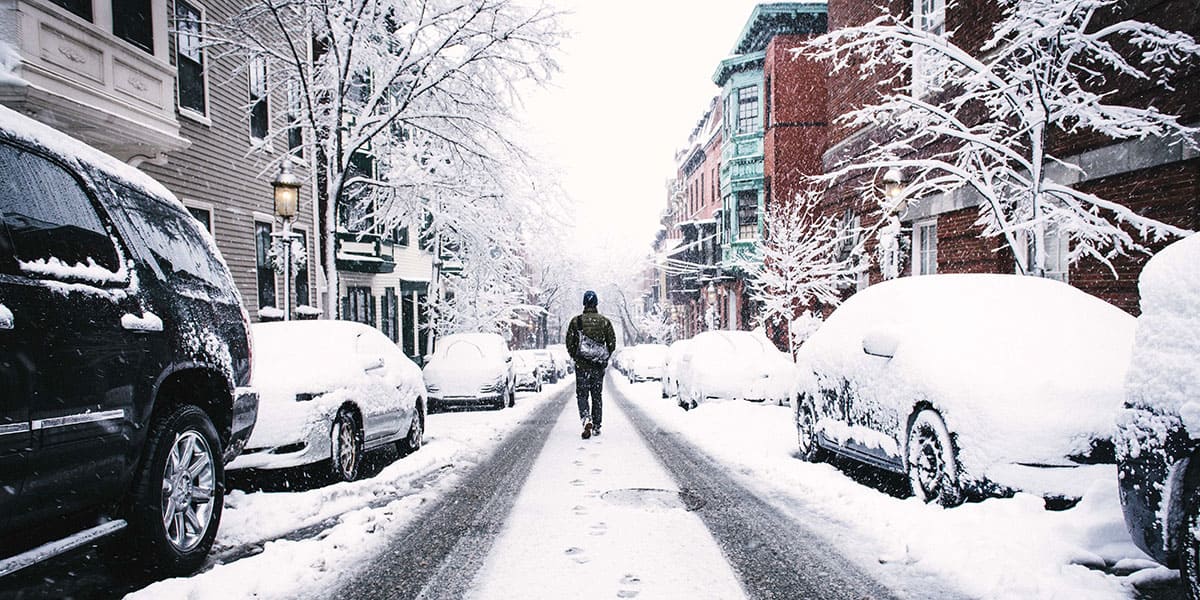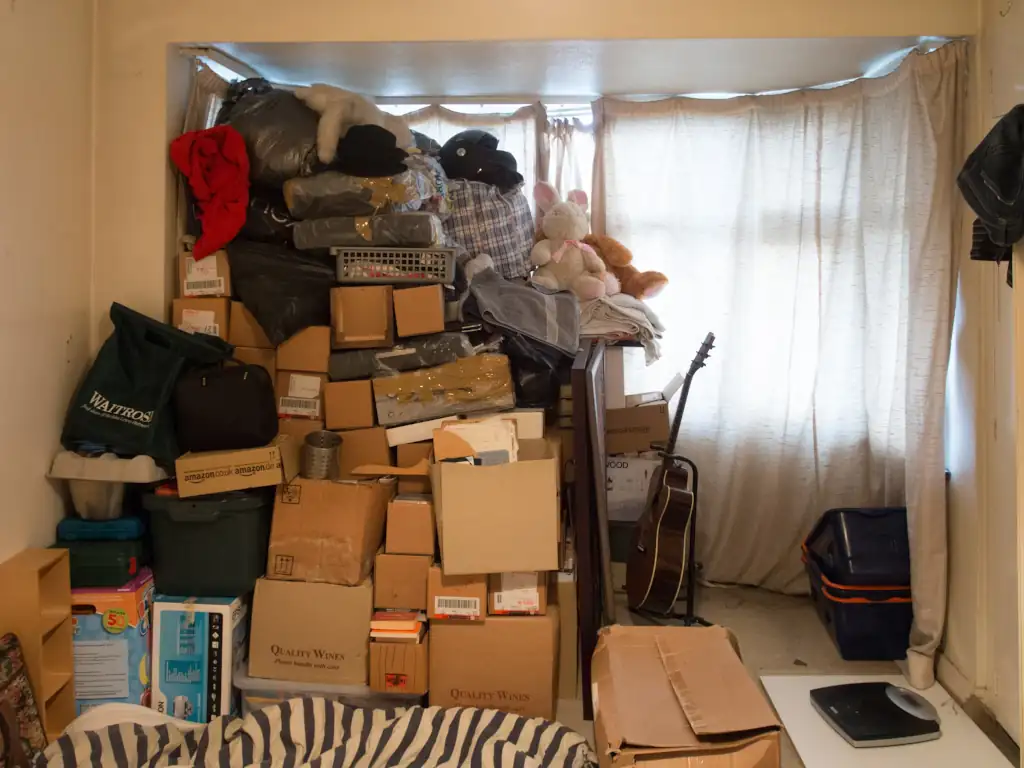7 Brilliant Tips for Winter Proofing Your House


The nights are drawing in, the air’s hanging cold and things are feeling a lot more Christmassy.
Yep, winter is definitely coming!
And while that means mince pies, mulled wine and other good stuff for us, it’s less pleasant for your house, which has to put up with wet, windy and wild conditions.
In this blog, we’ve collected some super simple ways to prepare your home ready for winter months ahead. So, get the kettle on and get ready for a toasty winter.
#1 Get up to your gutters
First up, gutters! In a country like Scotland, your gutters get through a lot of work. Spring downpours, autumn leaves and winter snows keep the humble plastic tubes working at full tilt all through the year.
Unfortunately, gutters need some TLC from you to keep them working smoothly. If you ignore them, they’ll end up chock full of leaves, moss and other garden stuff, leaving not very much room for all the rainwater pouring down.
When your gutters get blocked, the rainwater overflows onto your walls and back into your roof. That can cause all sort of damp and rot problems that no one wants to deal with!
So, get a ladder (or a professional and a ladder to be safe) and clear out all the obstructions. It can be pretty disgusting so remember a pair of gloves, if you’re doing it yourself!
Once you’re done, run some water through the pipes to make sure it’s draining correctly.
#2 Wrap up your house
The Energy Saving team at OVO Energy is crazy about saving you money. Their top tip: wrapping your house up in a big woolly jumper — figuratively, of course!
There are a number of ways of insulating your home. Installing insulation into the loft areas, the roof, walls and floors of a home greatly reduces high energy bills. Because heat rises, an uninsulated house loses a quarter of its heat through the roof.
Loft insulation is supposed to last over forty years, so will pay for itself many times over.
Timber floors can be pulled up in order to lay mineral wall insulation.
Gaps between skirting boards and floors can be filled with sealant.
#3 Compare energy suppliers
We’ll spend hours researching different TV deals and days comparing phone contracts but when it comes to energy suppliers, no one seems to care.
However, when you have to turn the heating up several notches to keep the chill out, it really pays to be on the best deal possible.
Jump onto one of the many comparison sites out there and see how your current supplier stacks up against the competition. You’ll be surprised at how much you can save!
#4 Seal the cracks
Unless you live in a craggy castle perched on some windy Hebridean cliff, draught proofing your home is both easily achievable and great prep for winter.
Here’s Beth from building experts Allcott Associates to tell you more:
Cracks in windows and walls let in draughts and let out heat, wasting energy and money. Having open cracks also leaves your house vulnerable to penetration damp, as water leaks through cracks in the walls causing blistering paint, rotting timber and mould growth – all of which cost to repair.
To protect your house from damp and heat loss, use caulking or sealant to seal joints and cracks. Use adhesive foam around windows and doors and expanding foam for cracks and pipes. Also use weathering strips around windows and doors. Cracks or missing tiles in roofs can also let in water so replace or fix them.
#5 Clear your chimney
Okay, this might sound like a super late Victorian tip but it’s actually not. With gas and electricity prices on the up, more people are turning to open fires as a cheaper alternative.
However, unlike gas fires and normal radiators, logfires aren’t something that you can just turn on.
Before tossing some firewood on the grate and setting fire to it, make sure you get your chimney swept by a professional.
If you don’t get all the twigs, bird nests and excess soot swept out, you risk setting your chimney — and possibly your house — alight.
#6 Keep the heating on
If you leave your heating off for any period of time and the temperature drops below zero, the water in your pipes can freeze. That’s super bad news as water expands when it freezes, which can split the pipe around it. When the ice melts, the water gushes out the newly formed hole and floods your house and belongings.
That’s the last thing you want when you arrive back after a Christmas break!
To stop this happening, keep your heating on low and open all your inner doors. This keeps the air moving, the temperature up and the water nice and liquid!
#7 Get covered
If the worst comes to the worst and something does go wrong over winter, you need to be sure you’re fully covered. The last thing you want is to have to shell out hundreds or thousands of pounds on repairs and replacements in the New Year.
Check that your home insurance is up-to-date and that it covers everything you want it to. Additionally, check that your adequately covered for fires, floods, thefts and other disasters.
Do you have any extra tips?
Do you have some extra tips for preparing your home for winter? Let us know on Facebook!
Get in touch





